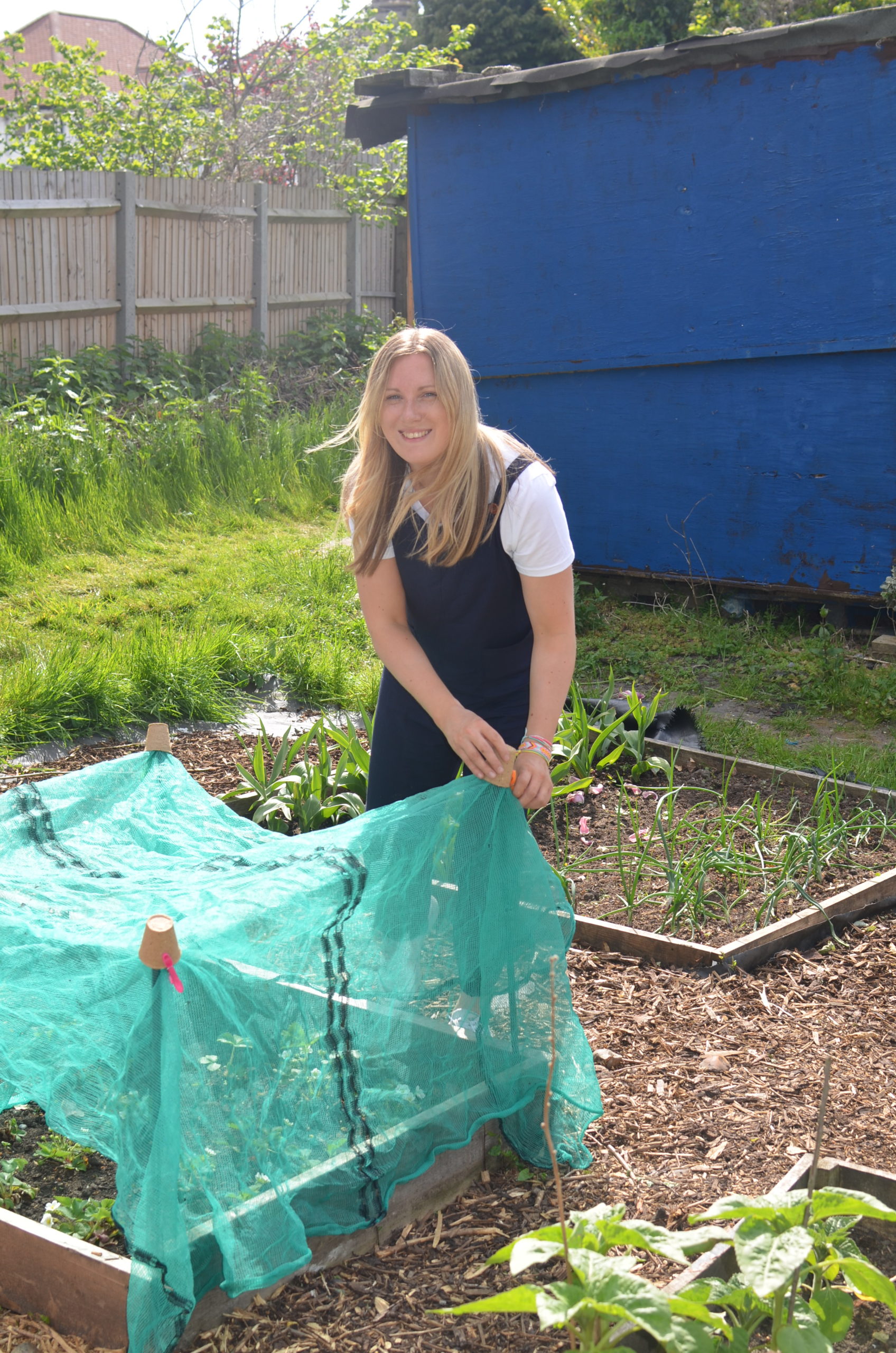
So you’ve finally been given the keys to your allotment plot and you can’t wait to get growing! But where do you start? How do you go from blank or overgrown space to organised productive garden? Here are some thoughts to get you started:
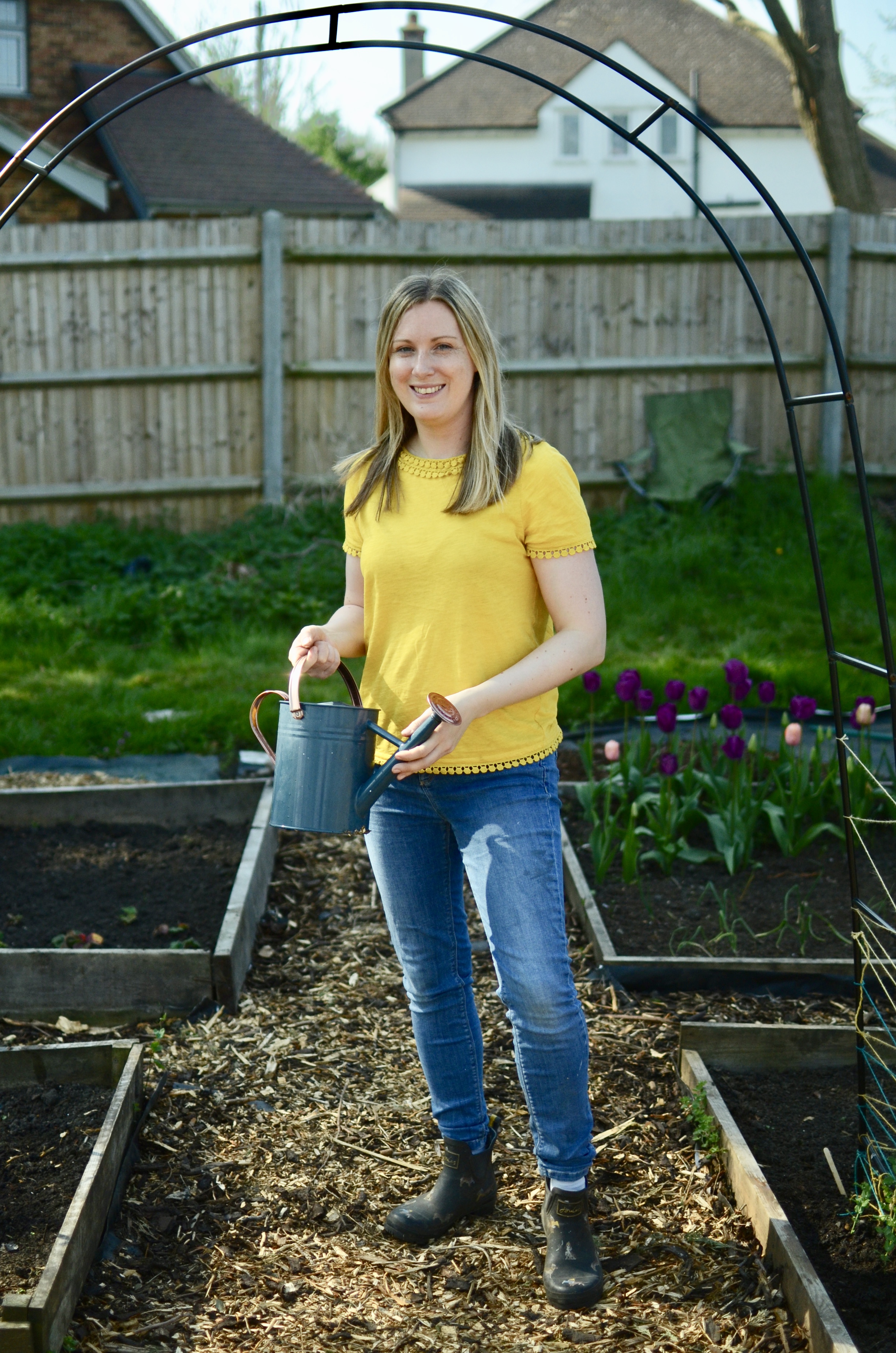
WHAT IS AN ALLOTMENT PLOT?
I get asked this a lot! In the UK, an allotment plot is a small space of land you can rent from your local council to grow and garden on. Traditionally, they are used to grow fruits and vegetables, but rules are different on each site. My site allows you to use the plot as a garden, with grass and flowers or to grow fruit and veg. Some sites allow sheds and greenhouses, others don’t. So do check the rules before signing on the dotted line to make sure you can do what you want to do with the space.
WHAT TO DO FIRST?
First things first, you’ll probably have been given a plot which is a little overgrown. So it’s time to clear and plan the layout. Personally, I knew I wanted to go for raised beds and so I focussed on clearing away brambles and building the raised beds out of old floorboards as I went. You might decide to simply lay ground sheet or cardboard over the whole site and wait for the weeds beneath to die back. Once the space has become clear, it’s easier to think about your layout. This can be a time consuming, difficult job, so be patient and remember, it’ll be worth it!
NOW WHAT?
So your site is clear. Time to plan layout and get creating. Think about your paths, they should be big enough to be able to push a wheelbarrow down, but not so big that you waste space. Imagine yourself crouching down over beds, weeding or sowing, and make sure you have room to be comfortable.
Raised beds, if you decide on them, should be small enough for you to be able to reach right into the middle of them. If you make them too big, you’ll be walking over crops to get to weeds or to harvest.
If you are planning a shed, try to put it on the side of your plot where it wont cast shade over your raised beds, or onto a neighbouring plot. Knowing what the sun does on your plot is a good thing to learn fairly quickly, so you can make good decisions in regards to raised bed and shed placing.
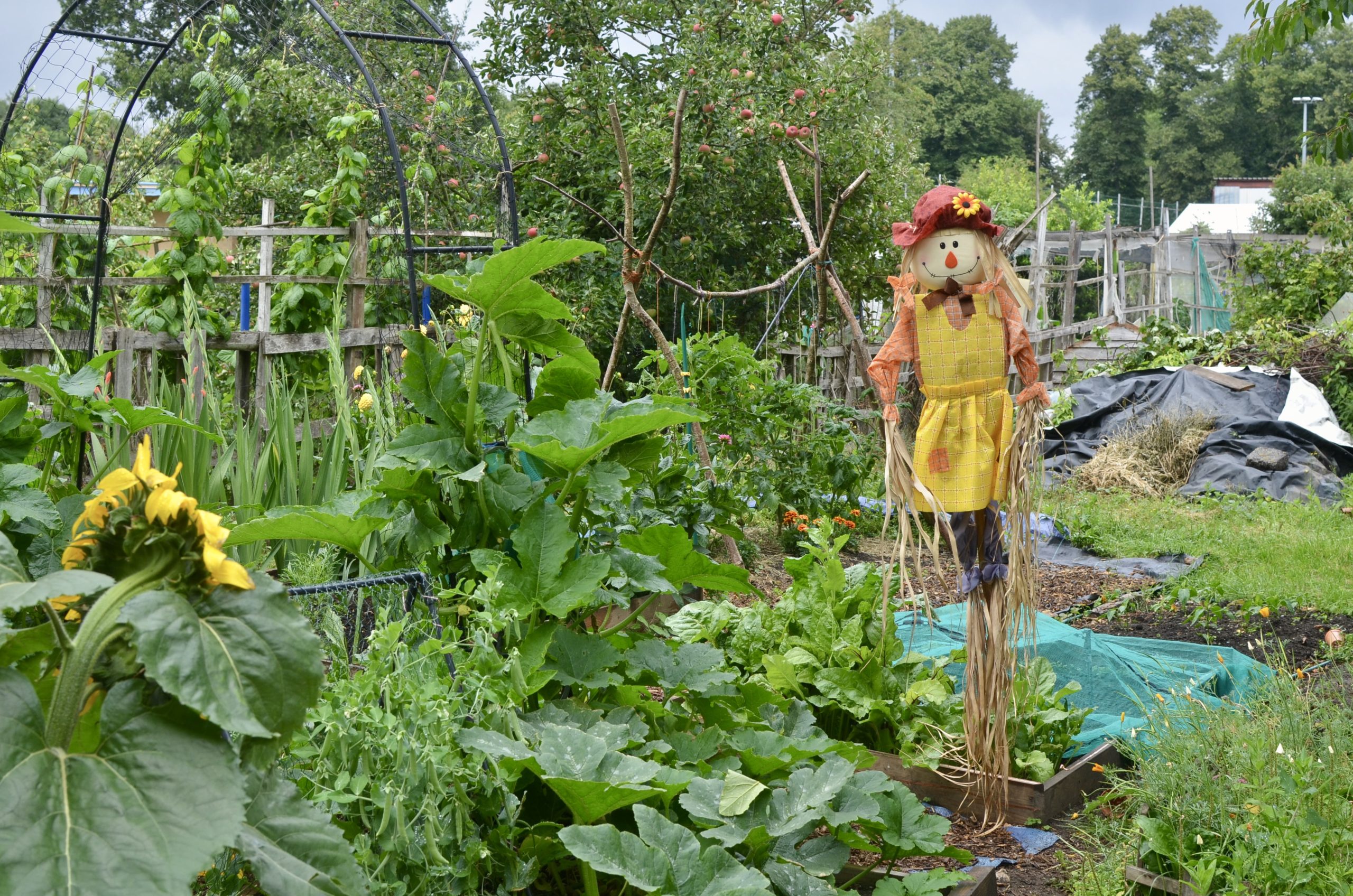
GET GROWING!
There are a few rules I go by when deciding what to grow on my allotment plot:
- Do I like to eat it?
- Do I have space for it?
- Can I grow it ‘up’ to save more space (you’d be surprised how much can be grown up a trellis or archway!)
- Will I enjoy growing it?
When I stick to these basic rules, I find I produce a garden that really fills me with joy. I know that what I grow will either really excite me, or be eaten or make a productive crop. Don’t let your plot become a chore. You’re far more likely to keep it up if you actually enjoy doing it! Check out my growing guides for some tips on growing some of my favourite crops.
Being seeds can be really exciting, but try to think practically when purchasing. If you don’t have a greenhouse, think about the amount of space you have on windowsills to start them off and don’t over do it!
Also, think about a seed subscription box, such as seed.craft. They send you a selection of seeds each month that can be sown straight away. If you are short of time, this can be a great way to get growing without having to do lots of planning and research about what to sow and when!
THINK ABOUT THE WILDLIFE
You can’t grow fruit and veg without some help from the wildlife. So do think about planting things to attract pollinators to your plot, such as flowers or even a wildlife plot. My kids made me a bug hotel last year and it not only looks great, it’s a lifesaving shelter to so many insects who in turn, help my plot by eating pests and pollinating the veg.
Wildlife ponds are great and attract frogs, which love to eat slugs! My pond has become a real sanctuary for me and I love watching the hover flies and iris flowers in the spring time.
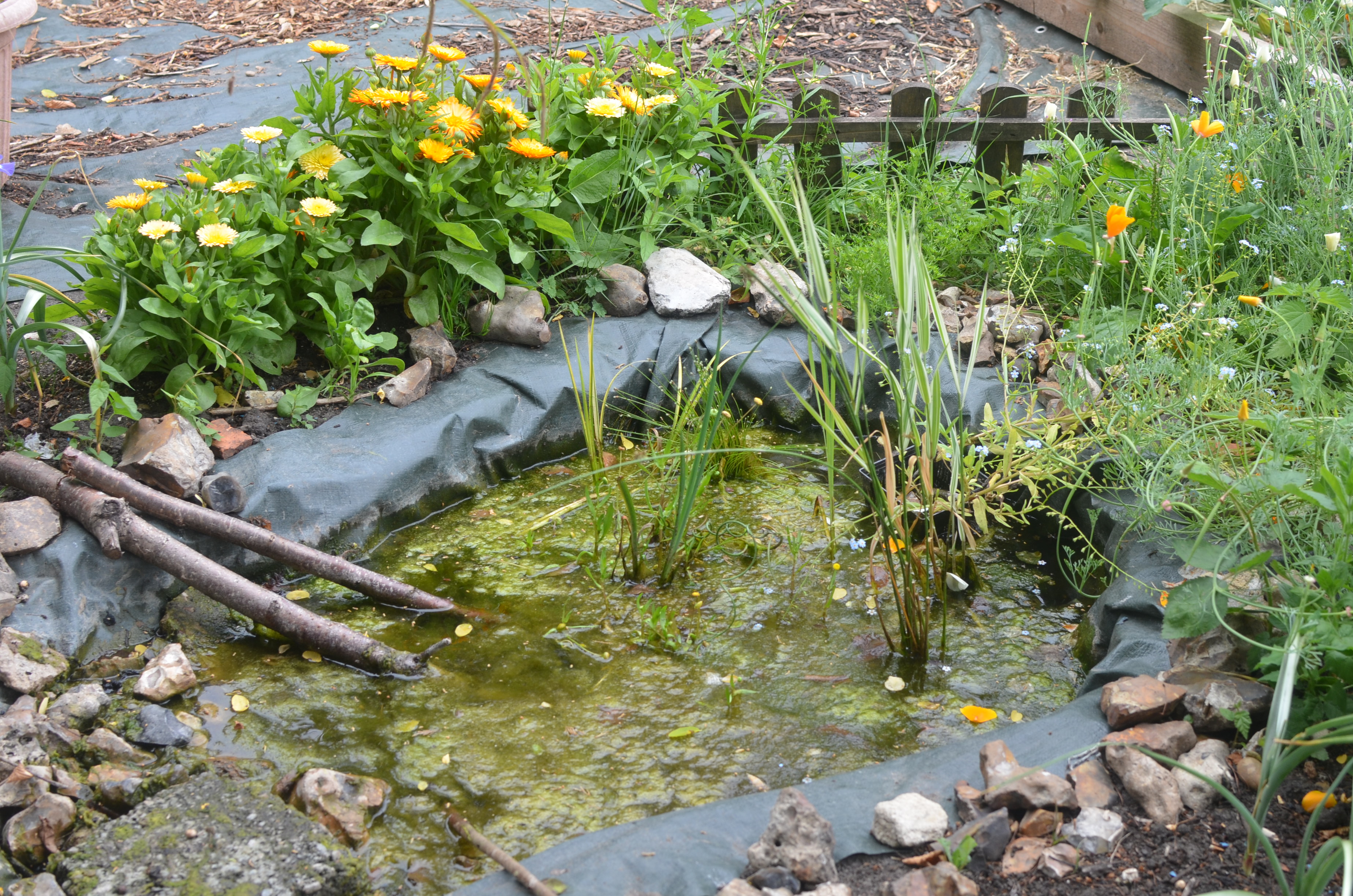
WHAT’S NEXT?
Be consistent! Keep showing up, it’s that simple. Sometimes I go to the plot and weed maybe one bed before heading home. But that is one bed more than I would have done had I not shown up at all! Little and often is much better than doing a full days work and then not going back for 2 weeks.
Don’t be put off by all the beautiful plots you might see on instagram and youtube either. Allotment plots don’t have to look perfect in order to be really productive. Any photos I take are often hiding a multitude of rubbish just out of shot!
Here’s another fantastic article I helped with all about how to get started with an allotment plot!


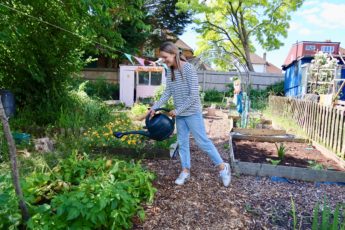
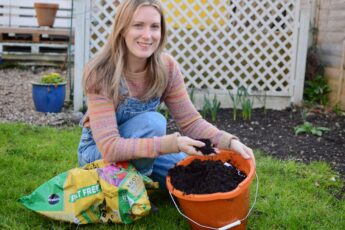
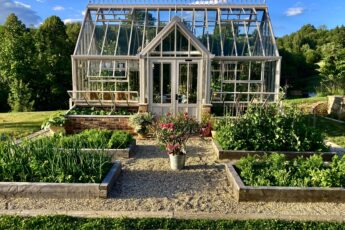
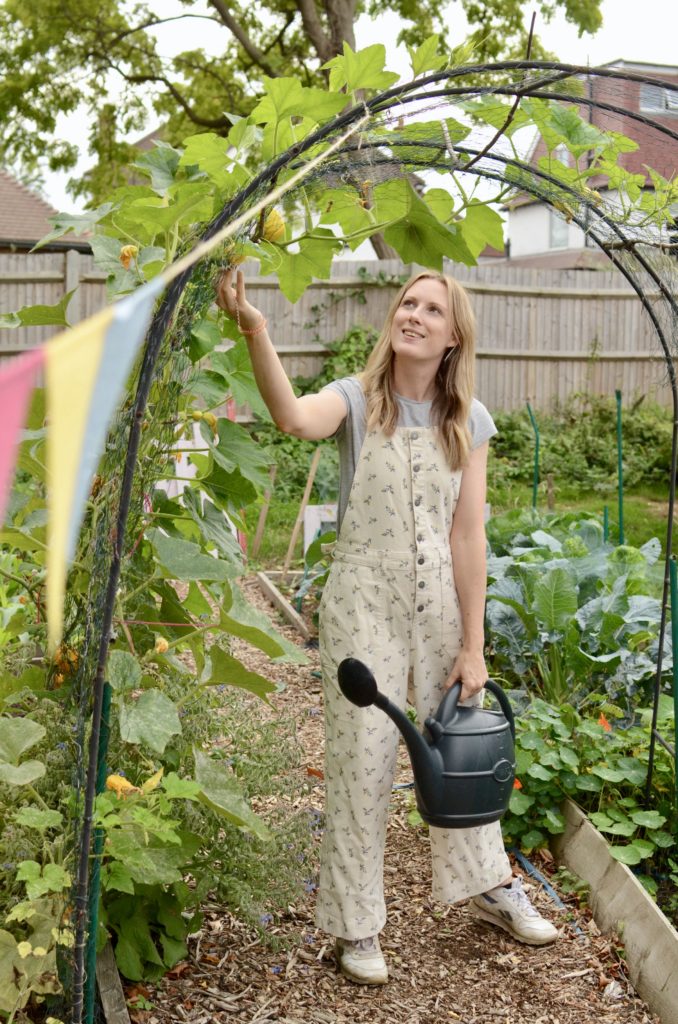
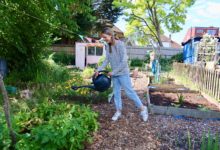
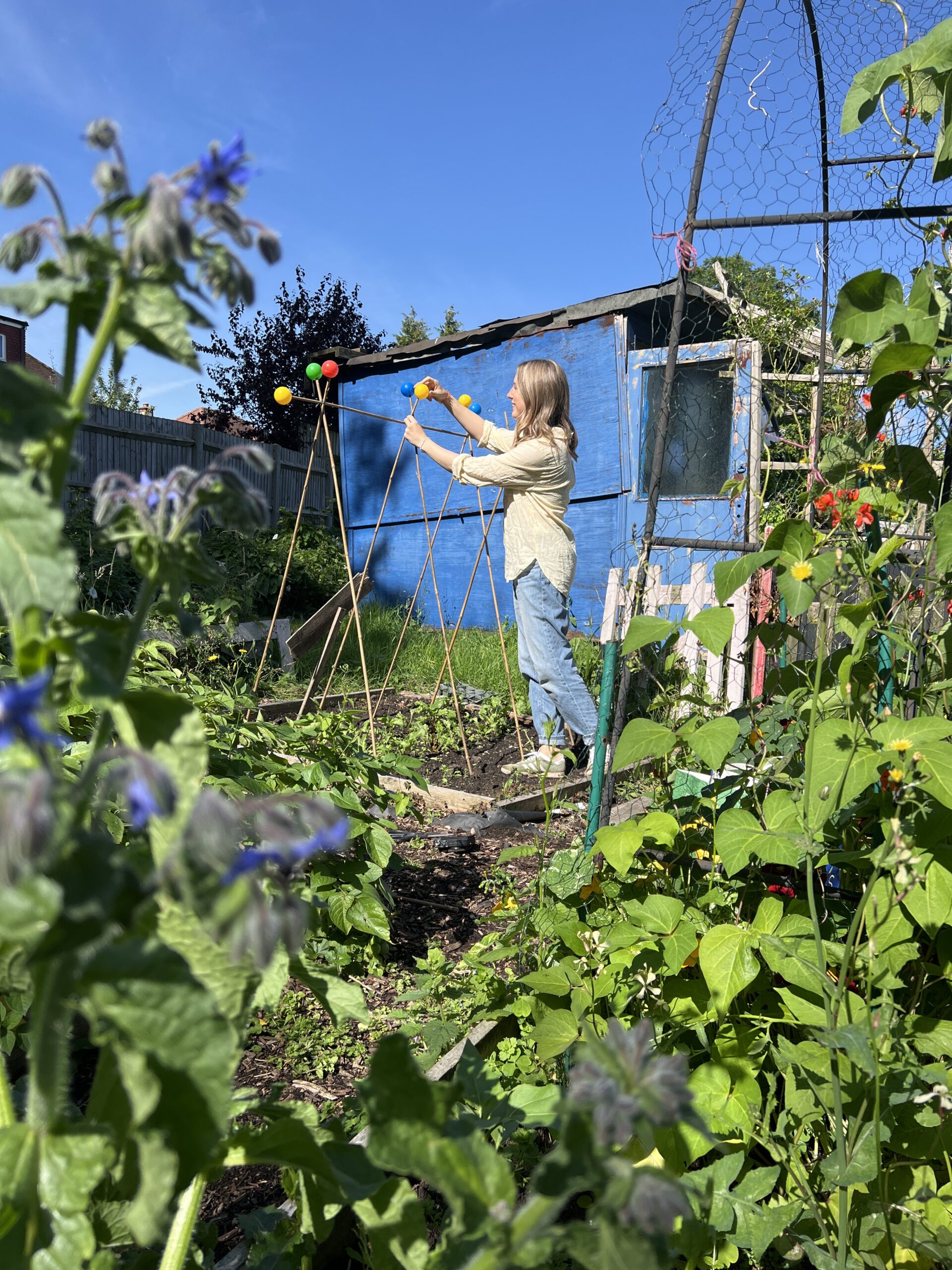
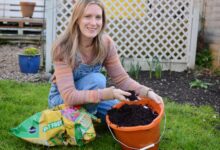


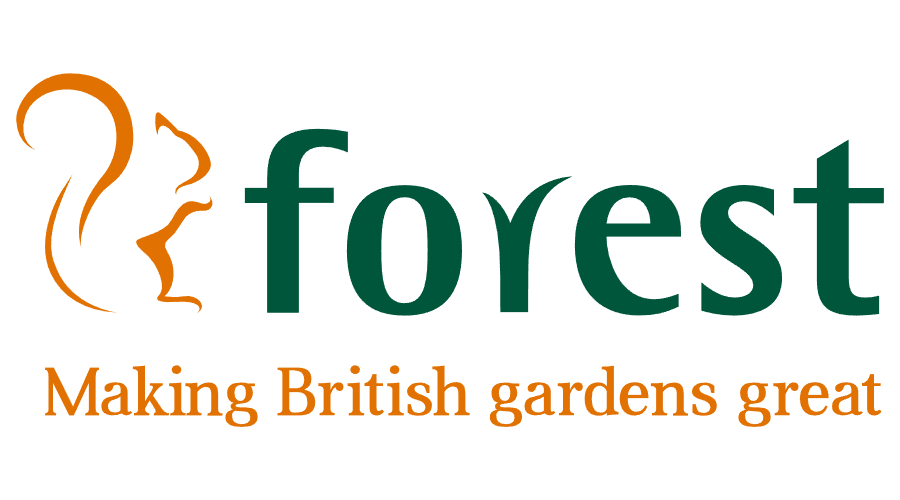



Nice little blog Emma, clear and precise for anyone just starting on their Allotment Adventure 🙂🙂
Thank you so much! Hope it helps someone out there! I know it can feel overwhelming when you first get those keys! x